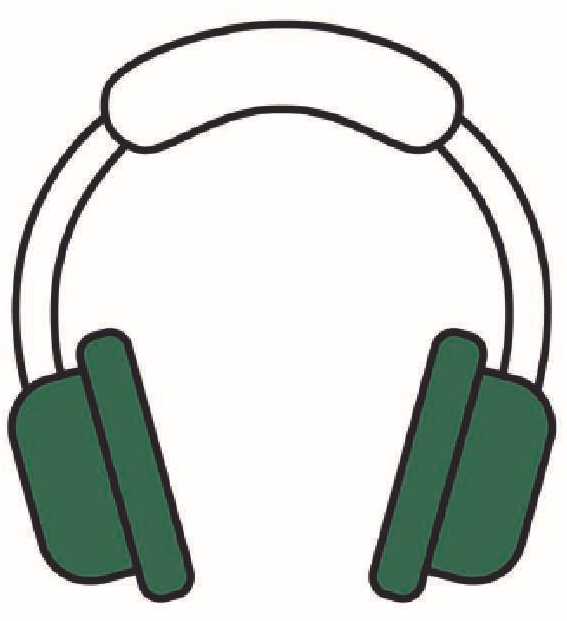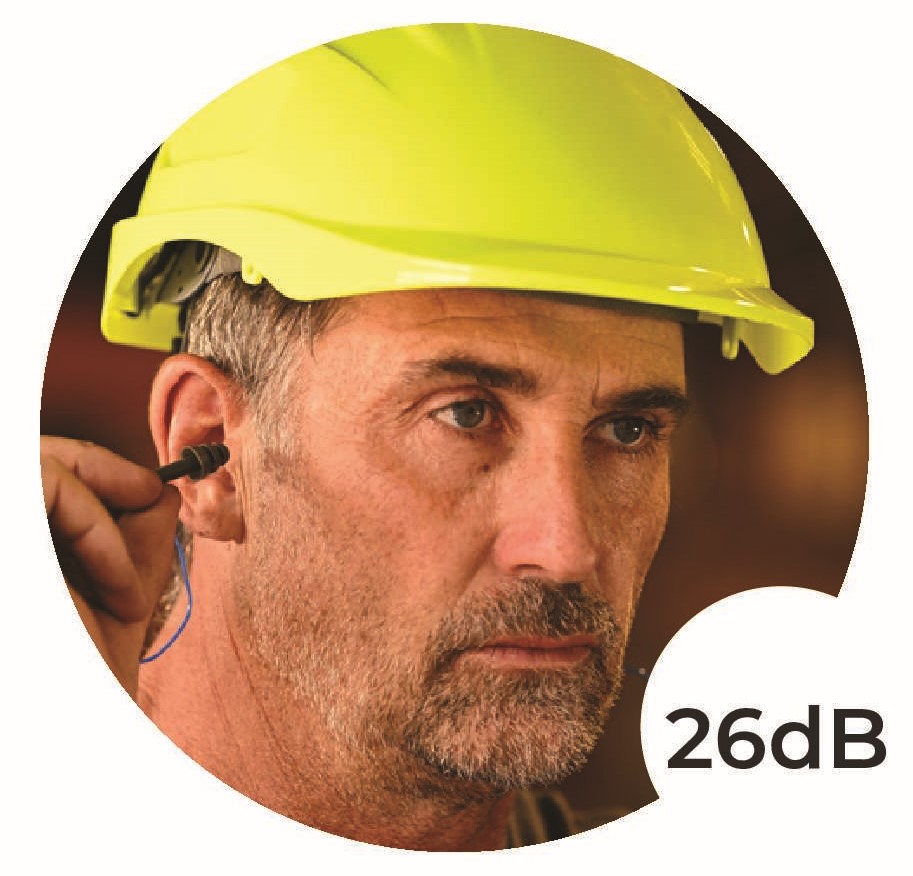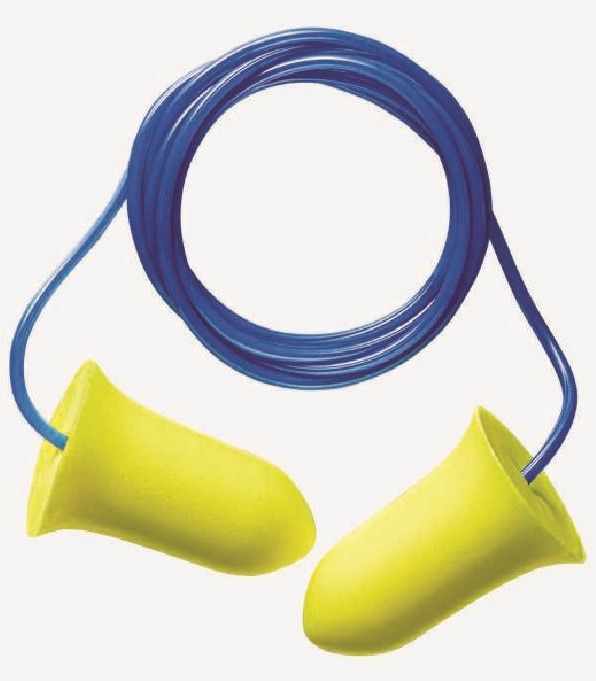Hearing Protection
Standards
WorkArma Hearing Protectors are manufactured and certified to AS/NZS 1270:2002: Acoustics – Hearing Protectors. WorkArma Hearing Protectors are certified by SAI Global.
This standard ensures certified Hearing Protectors pass a series of laboratory tests, which demonstrate the required protection received from the Hearing Protector’s overall construction.
Users should select and maintain their Hearing Protector in accordance with AS/NZS 1269.3:2005 Occupational Noise Management and their own Hearing Protector program.

Examples of noise levels in everyday life and when hearing loss may occur:

The Importance of Hearing Protection
It is a common myth that lifting your Earmuffs
occasionally, won’t affect your hearing. In
reality, when Hearing Protection isn’t worn
properly for the duration of a shift in hazardous
noise, a worker’s protection drops dramatically.
Protection is dependent on wear time as
attenuation is quickly degraded if you take
Hearing Protection off. For example, wearing
hearing Protection for only seven hours out
of an eight-hour shift causes protection to
drop by two-thirds. When working around
hazardous noises, workers are at risk of hearing
loss every time they lift their Earmuffs to speak
to a co-worker, re-adjust their PPE, or even to
cool down on a hot day.

100% Usage
Worn for 8 hours provides maximum protection

99% Usage
Worn for 7 1/2 hours provides significantly reduced protection

90% Usage
Worn for 7 hours provides virtually no protection
Another common myth is that wearing a 25dB rated Earmuff and 25dB rated Earplug will provide 50dB protection. Studies have proven that wearing an Earmuff in conjunction with an Earplug will only increase the protection by 3- 5dB above the Earmuffs attenuation.


Approximately
28 to 30dB
Choosing the Correct Hearing Protector
Noise exposure over 85 decibels (dB) may cause hearing loss, so Hearing Protection for noise exposure above 85dB is recommended.
The goal is to reduce the active noise to below 85dB, as this is the safe working limit over 8 hours.
This means that if the noise level is 115dB, 30dB (115dB minus 85dB) protection is required. This equates to a Class 5 Hearing Protector.
It is important to choose the correct hearing protector as over protecting can be just as dangerous as under protecting.
| Class | 85dB(A) | Range |
|---|---|---|
| 1 | > 90 | 10 - 13dB |
| 2 | 90 > 95 | 14 - 17dB |
| 3 | 95 < 100 | 18 - 21dB |
| 4 | 100 < 105 | 22 - 25dB |
| 5 | 105 > 110 | 26+dB |
WorkArma’s range is focused on Class 4 & Class 5
What is the Correct Hearing Protection For Me?
Industry studies have found that there is no universal Hearing Protector that works and fits everyone. We work in different places and have specific requirements when it comes to Hearing Protection. Factors to consider
- How much noise to reduce – loudness
- Work environment – hygiene
- Frequency and duration of the noise
- Comfort level
- Ease of fit
- Compatibility with other personal protective equipment
Hearing Protection
Pros
Cons

- Good protection
- Can be purchased in different forms – headband, cap attachable, neck band
- Adjustability to allow one Earmuff to fit most head sizes
- Reusable
- Less attenuation variability among users when compared to incorrectly fitted Earplugs
- Increased weight and size when compared to an Earplug
- Wearing glasses results in breaking the seal between the Earmuff and the skin which can result in decreased protection
- Uncomfortable in hot, humid environments
- Higher initial price

- Good protection
- Can be purchased in different forms – headband, cap attachable, neck band
- Adjustability to allow one Earmuff to fit most head sizes
- Reusable
- Less attenuation variability among users when compared to incorrectly fitted Earplugs
- Increased weight and size when compared to an Earplug
- Wearing glasses results in breaking the seal between the Earmuff and the skin which can result in decreased protection
- Uncomfortable in hot, humid environments
- Higher initial price

- Easy to use, push in or onto canal opening without having to roll between fingers
- Small and easily carried
- Convenient to use with other personal protection equipment and/or glasses
- Suitable for short duration use in low noise environment
- Can become uncomfortable after long periods of time
- May irritate the ear canal



